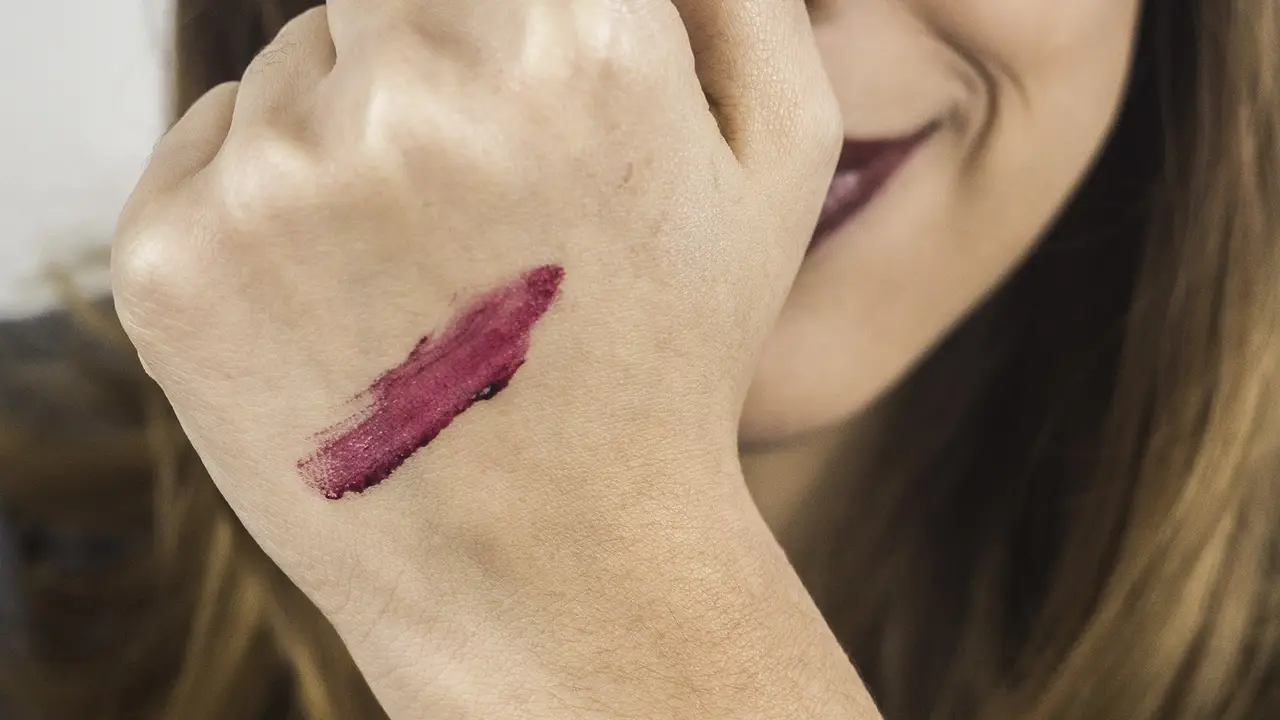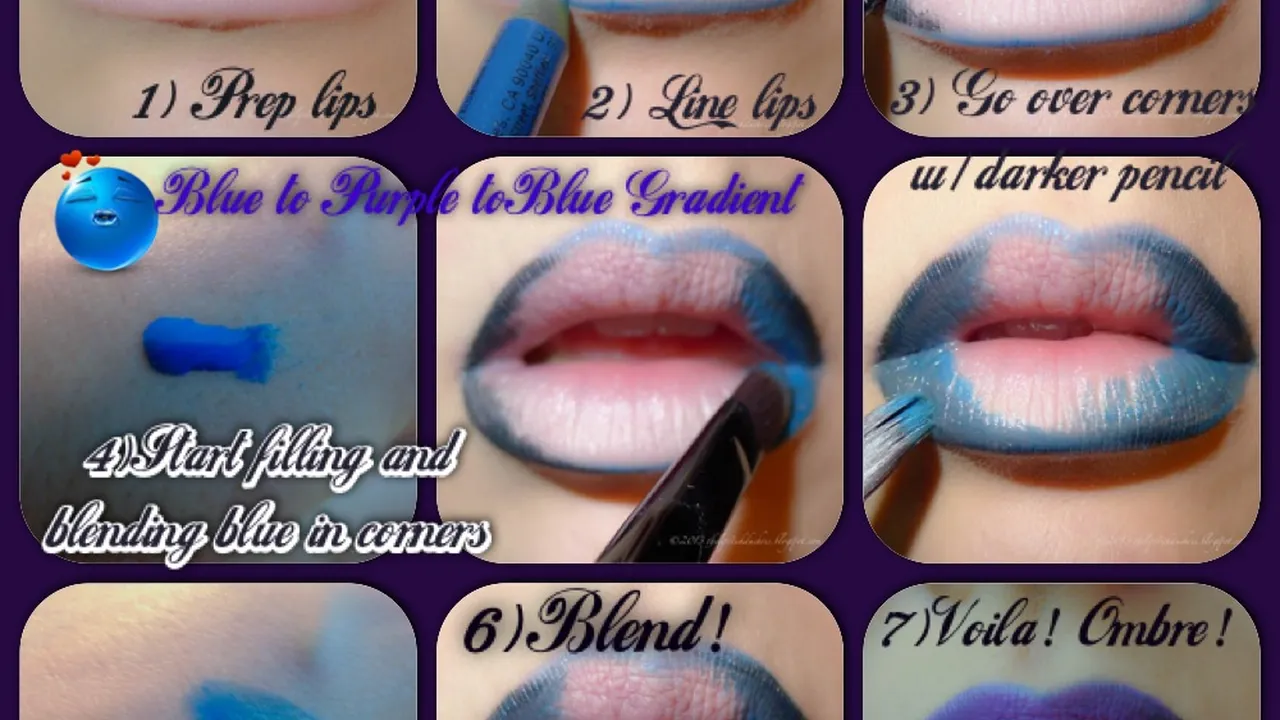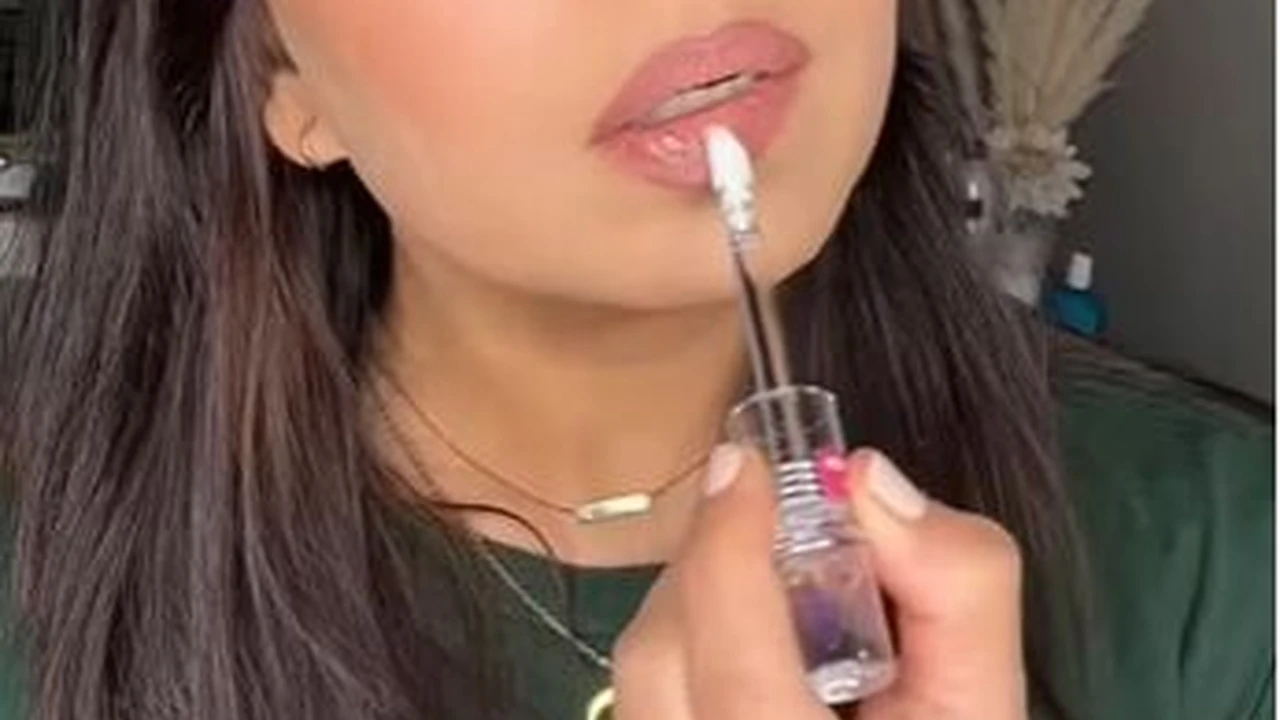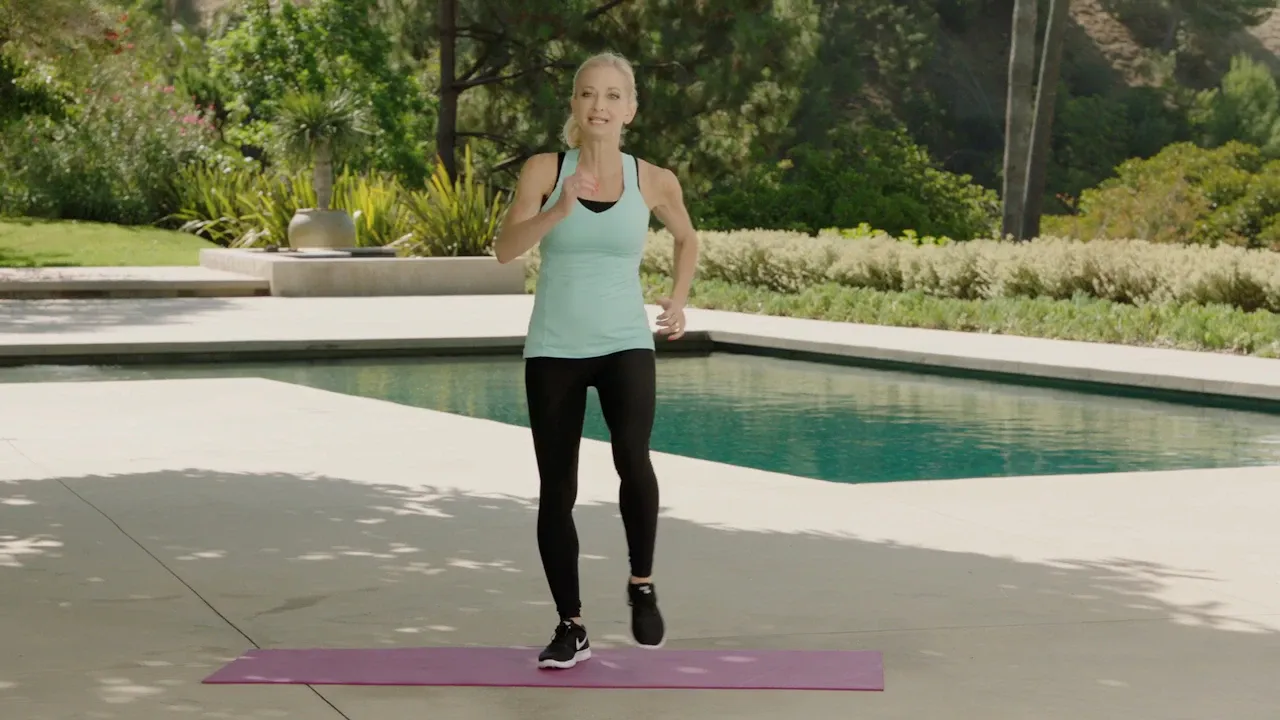Lipstick Ingredients: What You Need to Know Before You Buy
Sample meta description.
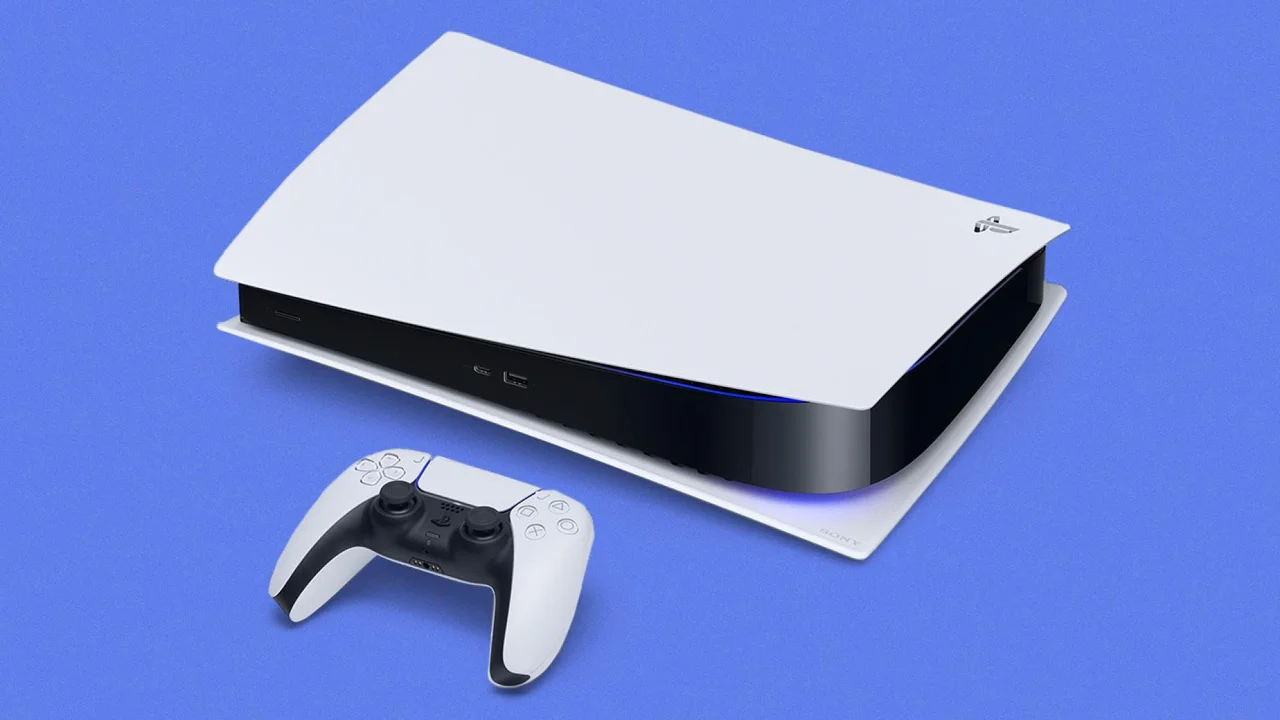
Understanding Lipstick Ingredients for Healthy Lips and a Flawless Look
Okay, let's talk lipstick. We all love it – the perfect pop of color can transform your whole look. But have you ever stopped to think about what's actually in your favorite tube? Knowing your lipstick ingredients is crucial, not just for achieving that perfect pout, but also for your overall health. After all, you're applying this stuff directly to your lips, and you inevitably ingest some of it. So, let's dive in and decode those sometimes-cryptic labels.
The Base: Waxes, Oils, and Emollients
Most lipsticks start with a base of waxes, oils, and emollients. These ingredients give the lipstick its structure, texture, and moisturizing properties. Common waxes include beeswax, carnauba wax (derived from a palm tree), and candelilla wax (from a shrub). These provide the firmness and shape of the lipstick.
Oils, on the other hand, contribute to the lipstick's smoothness and spreadability. Castor oil is a very common ingredient, known for its emollient and pigment-dispersing properties. Other oils you might see include lanolin oil, vegetable oil, and mineral oil. Emollients, like shea butter or cocoa butter, are added to soften and moisturize the lips, preventing dryness and chapping.
Think of it this way: the waxes are the skeleton, the oils are the muscles, and the emollients are the moisturizer. Without the right balance, your lipstick could be too hard, too oily, or too drying.
Color Me Beautiful: Pigments and Dyes
Of course, the most important part of lipstick is the color! This comes from pigments and dyes. Pigments are insoluble colorants, meaning they don't dissolve in the lipstick base. They're finely ground powders that are dispersed throughout the mixture. Dyes, on the other hand, are soluble and dissolve in the base.
Common pigments include iron oxides (which create shades of red, brown, and yellow), titanium dioxide (a white pigment used to lighten colors), and various organic pigments. Dyes are often used to create vibrant, intense colors. Be aware that some dyes, like carmine (derived from insects), may not be vegan-friendly.
The concentration of pigments and dyes directly affects the color payoff of the lipstick. A higher concentration means a more intense and opaque color.
The Extras: Preservatives, Fragrances, and Special Effects
Beyond the base and color, lipsticks often contain other ingredients to enhance their performance and appeal. Preservatives, like parabens (though these are becoming less common due to consumer concerns), phenoxyethanol, and vitamin E (tocopherol), are added to prevent bacterial growth and extend the shelf life of the product. Fragrances add a pleasant scent, but can also be a potential source of irritation for some people. Look for fragrance-free options if you have sensitive skin.
Special effects ingredients can include shimmer particles (like mica or synthetic fluorphlogopite), plumping agents (like peptides or hyaluronic acid), and sunscreen (like titanium dioxide or zinc oxide). These ingredients add extra benefits and appeal to the lipstick.
Harmful Lipstick Ingredients to Avoid for Your Health and Well-being
Now, let's get to the important part: what ingredients should you avoid? While most lipstick ingredients are considered safe in small amounts, some have raised concerns due to potential health risks. It's always better to be informed and make conscious choices.
Lead: The Silent Threat in Some Lipsticks
Lead is a naturally occurring element that can sometimes be found in trace amounts in lipstick. It's not intentionally added, but can be present as a contaminant in some pigments. While the levels are generally considered low, lead is a neurotoxin and there is no safe level of exposure. Look for brands that test their products for lead and are transparent about their ingredients.
Parabens: Preservatives Under Scrutiny
Parabens (like methylparaben, ethylparaben, propylparaben, and butylparaben) are preservatives that have been used in cosmetics for decades. However, they have been linked to hormone disruption in some studies. While the scientific evidence is still debated, many consumers prefer to avoid them. Look for "paraben-free" lipsticks as a safer alternative.
Fragrance: A Common Allergen
While fragrance can make a lipstick smell appealing, it's also a common allergen. The term "fragrance" can actually refer to a blend of dozens of different chemicals, and companies are not required to disclose the specific ingredients. If you have sensitive skin or are prone to allergies, opt for fragrance-free lipsticks.
Coal Tar Dyes: Potential Carcinogens
Coal tar dyes (also known as FD&C or D&C colors) are synthetic dyes derived from coal tar. Some of these dyes have been linked to cancer in animal studies. While the FDA regulates the use of these dyes in cosmetics, some consumers prefer to avoid them altogether. Research the specific dyes used in your lipstick and make an informed decision.
Oxybenzone: A Sunscreen Ingredient of Concern
Oxybenzone is a sunscreen ingredient that can sometimes be found in lipsticks with SPF. However, it has been linked to hormone disruption and skin allergies. If you're looking for sun protection in your lipstick, opt for lipsticks that use mineral sunscreens like titanium dioxide or zinc oxide instead.
Decoding Lipstick Labels A Guide to Understanding Ingredient Lists
Okay, so you know what to look for and what to avoid. But how do you actually decipher those complicated ingredient lists? Here's a quick guide:
* **Ingredients are listed in descending order of concentration.** The first few ingredients on the list make up the bulk of the product. * **Look for common names.** While some ingredients may have scientific names, many will also be listed by their common names (e.g., shea butter instead of Butyrospermum Parkii Butter). * **Use online resources.** There are several websites and apps that allow you to look up cosmetic ingredients and learn about their potential risks and benefits. * **Don't be afraid to ask.** If you're unsure about an ingredient, contact the manufacturer or do some research online.Choosing the Right Lipstick for Your Skin Tone and Personal Style
Now that you're a lipstick ingredient expert, let's talk about choosing the right lipstick for you! It's not just about the ingredients; it's also about finding a shade and formula that complements your skin tone and personal style.
Understanding Your Skin Tone
Your skin tone is the overall color of your skin. It can be categorized as fair, light, medium, tan, or deep. Knowing your skin tone will help you choose lipstick shades that flatter your complexion.
Identifying Your Undertones
Your undertones are the subtle hues beneath the surface of your skin. They can be warm (yellow, golden, or peach), cool (pink, red, or blue), or neutral. Determining your undertones will help you choose lipstick shades that harmonize with your natural coloring.
A simple way to determine your undertones is to look at the veins on your wrist. If they appear blue or purple, you likely have cool undertones. If they appear green, you likely have warm undertones. If you can't tell, you probably have neutral undertones.
Choosing Lipstick Shades for Different Skin Tones and Undertones
* **Fair Skin:** Light pinks, nudes with a hint of peach, and berry shades work well on fair skin. Avoid dark, vampy colors that can look too harsh. * **Light Skin:** Rose pinks, corals, and mauve shades are flattering on light skin. You can also pull off brighter colors like reds and oranges. * **Medium Skin:** Most lipstick shades look good on medium skin. Try berries, roses, and warm nudes. Avoid shades that are too pale or too dark. * **Tan Skin:** Bold colors like reds, oranges, and fuchsias look stunning on tan skin. Deep nudes and browns also work well. * **Deep Skin:** Rich, saturated colors like berries, wines, and browns are gorgeous on deep skin. Don't be afraid to experiment with bold shades like purple and blue.Considering Your Personal Style
Ultimately, the best lipstick shade is the one that makes you feel confident and beautiful! Consider your personal style and choose colors that reflect your personality. If you're a minimalist, you might prefer a sheer nude or balm. If you're a maximalist, you might love a bold red or a sparkly gloss.
Product Recommendations: My Top Lipstick Picks for Every Occasion
Alright, let's get to the fun part! Here are some of my favorite lipstick recommendations, broken down by category and occasion. These are just a few suggestions to get you started, and I encourage you to explore and find what works best for you!
Everyday Nude Lipsticks for a Natural Look
* **Charlotte Tilbury Pillow Talk:** This iconic nude-pink lipstick is universally flattering and perfect for everyday wear. It's creamy, long-lasting, and enhances your natural lip color. *Price: $34* * **Usage:** Perfect for work, school, or running errands. It's a subtle and sophisticated shade that complements any outfit. * **Rare Beauty Lip Soufflé Matte Lip Cream in "Inspire":** A comfortable, matte nude that doesn't dry out your lips. The whipped texture feels lightweight and velvety. *Price: $20* * **Usage:** Great for a more polished daytime look. It pairs well with a smoky eye or a bold brow. * **Maybelline Color Sensational Cream Lipstick in "Nude Embrace":** A budget-friendly option that provides a creamy, hydrating formula and a flattering nude shade. *Price: $8* * **Usage:** A great option for those on a budget or those who are new to wearing nude lipsticks.Classic Red Lipsticks for a Bold Statement
* **MAC Ruby Woo:** This iconic matte red is a true classic. It's a blue-based red that makes teeth look whiter and flatters most skin tones. *Price: $22* * **Usage:** Perfect for special occasions, date nights, or when you want to make a statement. * **NARS Audacious Lipstick in "Rita":** A creamy, full-coverage red that's incredibly long-lasting. It's a slightly warmer red than Ruby Woo, making it a good option for those with warm undertones. *Price: $34* * **Usage:** A great choice for a more sophisticated and glamorous red lip. * **Fenty Beauty Stunna Lip Paint Longwear Fluid Lip Color in "Uncensored":** A comfortable, long-wearing liquid lipstick that delivers intense red color in one swipe. *Price: $26* * **Usage:** Perfect for a night out or when you need a red lipstick that will stay put.Berry and Plum Lipsticks for a Touch of Drama
* **Bite Beauty Amuse Bouche Lipstick in "Black Truffle":** A deep, blackened berry shade that's perfect for fall and winter. It's creamy, hydrating, and incredibly pigmented. *Price: Discontinued, but similar shades are available from other brands.* * **Usage:** Great for a dramatic evening look. It pairs well with a smoky eye or a bold brow. * **Clinique Almost Lipstick in "Black Honey":** A sheer, buildable berry shade that's universally flattering. It's incredibly comfortable to wear and gives your lips a subtle wash of color. *Price: $21* * **Usage:** Perfect for everyday wear or when you want a touch of color without being too bold. * **Urban Decay Vice Lipstick in "Blackmail":** A deep, matte plum shade that's perfect for a gothic or edgy look. It's long-lasting and highly pigmented. *Price: Discontinued, but similar shades are available from other brands.* * **Usage:** Great for a night out or when you want to make a statement.Lip Glosses for a Shiny and Hydrated Pout
* **Fenty Beauty Gloss Bomb Universal Lip Luminizer:** A universally flattering rose nude gloss that adds shine and hydration to your lips. It's comfortable to wear and has a delicious peach-vanilla scent. *Price: $20* * **Usage:** Perfect for everyday wear or when you want to add a touch of shine to your lips. * **NARS Lip Gloss in "Orgasm":** A peachy-pink gloss with golden shimmer that's universally flattering. It's comfortable to wear and adds a subtle pop of color. *Price: $26* * **Usage:** A great choice for a more glamorous and radiant look. * **Buxom Full-On Plumping Lip Cream:** A plumping lip gloss that adds shine, hydration, and a subtle tingle to your lips. It's available in a variety of shades. *Price: $22* * **Usage:** Perfect for adding volume and shine to your lips.Lipstick Application Tips and Tricks for a Perfect Finish
Now that you have your perfect lipstick shade, let's talk about application! Here are some tips and tricks to help you achieve a flawless finish.
Exfoliate Your Lips
Before applying lipstick, it's important to exfoliate your lips to remove any dead skin cells. This will create a smooth canvas for your lipstick and prevent it from looking patchy or uneven. You can use a lip scrub or a soft toothbrush to gently exfoliate your lips.
Moisturize Your Lips
After exfoliating, it's important to moisturize your lips to keep them hydrated and prevent them from drying out. Use a lip balm or lip conditioner to nourish your lips.
Line Your Lips
Lip liner helps to define the shape of your lips and prevent lipstick from bleeding. Choose a lip liner that matches your lipstick shade or is slightly darker. Line the outer edge of your lips, following your natural lip line.
Apply Lipstick
Apply lipstick directly from the tube or with a lip brush. Start in the center of your lips and work your way outwards. Blot your lips with a tissue to remove any excess product.
Set Your Lipstick
To make your lipstick last longer, you can set it with a translucent powder. Gently press a tissue against your lips and dust a light layer of powder over the tissue.
Comparing Different Lipstick Formulas: Matte vs. Cream vs. Gloss
Lipsticks come in a variety of formulas, each with its own unique benefits and drawbacks. Here's a comparison of some of the most popular lipstick formulas:
Matte Lipsticks
* **Pros:** Long-lasting, highly pigmented, transfer-resistant. * **Cons:** Can be drying, may accentuate fine lines. * **Best for:** Long days, special occasions, bold looks.Cream Lipsticks
* **Pros:** Creamy, hydrating, comfortable to wear. * **Cons:** Not as long-lasting as matte lipsticks, may transfer easily. * **Best for:** Everyday wear, dry lips, a natural look.Gloss Lipsticks
* **Pros:** Shiny, hydrating, plumping. * **Cons:** Not as long-lasting as matte or cream lipsticks, can be sticky. * **Best for:** Adding shine, hydrating dry lips, a youthful look.Storing Your Lipsticks Properly to Extend Their Lifespan
Proper storage is essential for extending the lifespan of your lipsticks and preventing them from going bad. Here are some tips for storing your lipsticks:
* **Store your lipsticks in a cool, dry place.** Avoid storing them in direct sunlight or in a humid environment, as this can cause them to melt or become moldy. * **Keep your lipsticks tightly closed.** This will prevent them from drying out or being exposed to bacteria. * **Clean your lipsticks regularly.** Use a tissue or a cotton swab to wipe off any excess product from the lipstick tube. * **Check the expiration date.** Most lipsticks have an expiration date of 1-2 years. If your lipstick has expired, it's best to throw it away.:max_bytes(150000):strip_icc()/277019-baked-pork-chops-with-cream-of-mushroom-soup-DDMFS-beauty-4x3-BG-7505-5762b731cf30447d9cbbbbbf387beafa.jpg)



